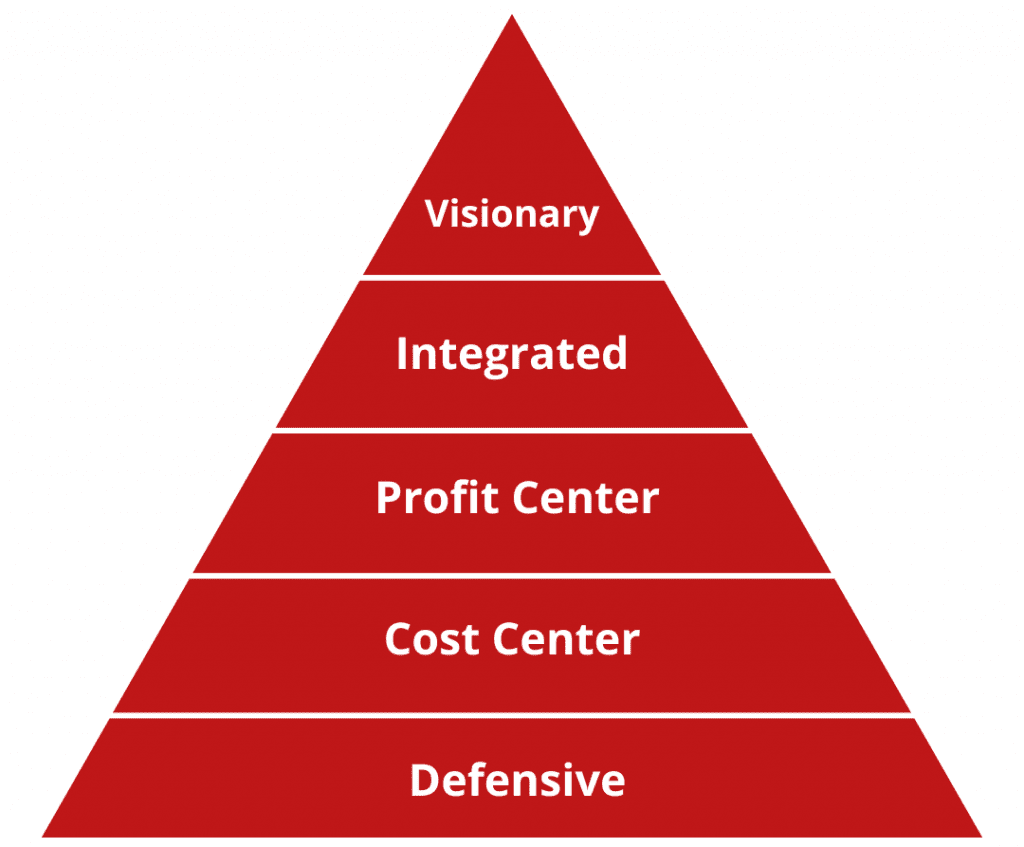IP analysis is a series of activities undertaken to determine the patentability of the invention. It must meet the eligibility criteria of being novel, non-obvious, and commercially usable to be applicable for a patent.
To establish novelty a prior art search is conducted that discloses any previous references to the invention in public knowledge. This comes under the purview of patentability search which is a crucial component of the stage of IP Analysis.
Also known as novelty search, a patentability search determines if an invention qualifies for a patent. It identifies the patent or non-patent literature that may be relevant or related to the current invention. Specialized firms are often hired for the purpose of patentability search as it is a time-consuming process that needs expert intervention.
The aim of an IP Analysis is to realize if the costs involved in applying for a patent are justifiable. Once the patentability search is complete, the IP Strength Index is used to attribute the potency of an invention on the scale of high, low, and medium.
A high score in the index means that the invention has little or no prior art and achieves the criteria of novelty. On the contrary, a low score clearly nullifies the possibility of the invention securing a patent. A high IP Strength Index score does not automatically lead to the invention reaching the patent filing process. It must be approved in the Business Analysis as well in order to reach the next stage.
The Business or Market Analysis takes into account the trends, consumers, consumption patterns, and existing market products to evaluate the potential for success of the intended invention. It scrutinizes the market to identify key competitors, determine the scope of commercialization inherent in the invention and identify the gaps that the invention may fill.
The aim of this exercise is to assess if the product has a shot at success in the market so they may consider proceeding with the filing process. Business analysis also helps to strategize the development, application, and marketing of the new product.
Two types of market research may be undertaken prior to patent filing- quantitative research and qualitative research. Quantitative research is helpful in identifying the target base and the number of consumers who are likely to use the invention. Surveys, questionnaires etc., may be employed as a methodology. Qualitative research, on the other hand, assesses various factors and offers insight into the speculated commercial viability of the product. Similar to the IP Analysis, here too a Business Case Strength Index (BCSI) can be utilized to rank the inventions as high, medium, and low depending on their performance.






